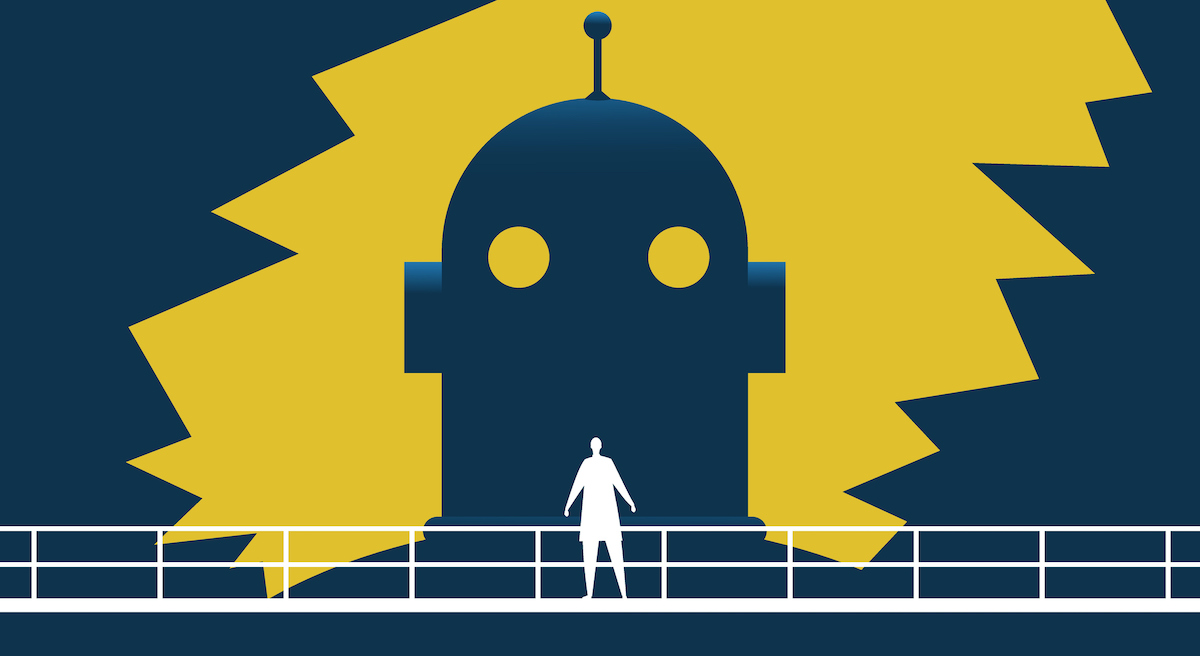This Artist Tool Doesn’t Just Protect Against AI Theft, It Sabotages the Programs Trying

For those in most fields, it’s unclear what impact AI will have on our professional lives and how it could prove to be a help or a hindrance. However, for many working in the arts, AI presents an ongoing threat both to opportunities available and to individual ownership of their creative work.
How will artists retain copyrights and creative control against technology that can download any online content and use it to its own ends? To even the score with AI, a tech team at the University of Chicago has produced two free online tools artists can use to protect their work: Glaze and Nightshade.
The University of Chicago team’s first artist protection tool was Glaze. Glaze is free to download to anyone who can send the team samples of their original art. Glaze uses AI technology to protect original art from being appropriated by AI. Glaze accomplishes this by making very small, microscopic changes to the original art, changes that don’t impact overall design but alternate pixels just enough that the work cannot be used for AI training. In essence, the tiny shifts made to composition by Glaze cloak the art from being accurately seen by AI.
The AI industry responded to Glaze by calling it just a layer of noise that AI could crack into if they wanted to. Perhaps for that reason, the Chicago team upped the game and rolled out a second tool to defend art against AI. The newest tool, Nightshade, things to the next level. While Glaze is playing defense and using AI to protect original compositions from AI, Nightshade goes on the offensive—not just safeguarding work but also doing damage to any AI technology that would attempt to appropriate original work.
In essence, Nightshade corrupts AI training tools by feeding them incorrect information. The AI program then continues to misidentify similar objects in the future. It’s monkeywrenching essentially and for that reason the technology has drawn some criticism, saying its attack on technology is a bridge too far.
For many artists though, it is anything but that. It is some insurance that even as AI technology evolves they can continue to create with some protection against AI training poaching their work.
(featured image: Moor Studio/Getty Images)
Have a tip we should know? tips@themarysue.com